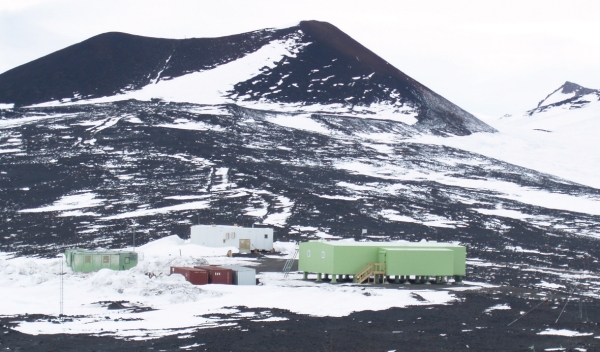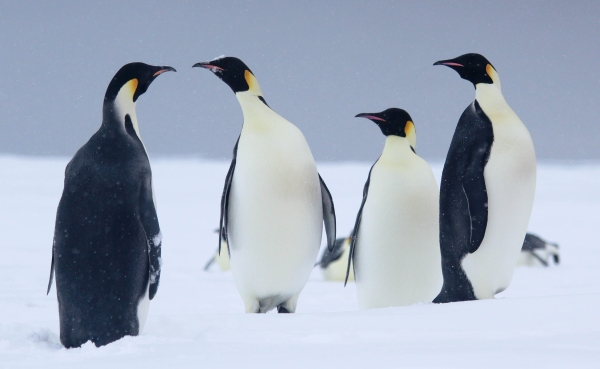The new science season at Antarctica is just a few days away from opening and NIWA researchers are busy packing containers and shipping them to the ice where they will be reunited with them in the coming months.
The summer science season lasts for about five months, and 10 NIWA staff will be heading south over that time, with the first due there in early October to work at Arrival Heights, about six kilometres from Scott Base.
Air care
Principal atmospheric technician Dan Smale will be carrying out specialised annual maintenance and calibration on the equipment which makes important measurements of greenhouse gases and trace gases such as ozone.
Mr Smale will also train two new technicians to run and maintain the instruments. One will be based on the ice for summer, while the other will remain for a full year. Later in the season atmospheric technicians Gordon Brailsford and Mike Kotkamp will also go to Arrival Heights for further maintenance and replacement of specialised parts.
Ice expansion
In mid-October NIWA marine physicist Dr Natalie Robinson returns to Antarctica to continue her study into ice crystals that form between the ice shelf and sea ice.
Dr Robinson is leading a team of six that includes NIWA marine physics technician Brett Grant and electronics technician Peter de Joux trying to better understand why Antarctic sea ice has been expanding and how ice shelves will melt as the ocean warms.
This year they will also test various ways to keep ice off the instruments while they’re deployed.
This includes a device that wipes ice off sensors every few minutes and a rig that captures underwater timelapse footage of ice growth on lines, frames and instruments.
Measuring change under the ice
Meanwhile, in November moorings technician Mike Brewer returns to a field site set up a year ago in the centre of the Ross Ice Shelf, about 400km south of Scott Base. It was here that a multi-disciplinary team melted a hole through 400 metres of ice to explore the ocean beneath and study the ice shelf’s vulnerability to climate change.
NIWA marine physicist Dr Craig Stevens is leading work to measure water temperatures and ocean currents under the ice shelf and to determine how quickly ice was melting from its underside.
The measuring instruments lowered through the hole into the ocean beneath have been in place for the past 12 months transmitting data via satellite link.
Mr Brewer is returning to the ice to service this instrumented oceanographic mooring – believed to be the southernmost mooring on the planet. The team he is leading will camp out on the ice for about two weeks to get the job done.
While data continues to be transmitted from the instruments, the surface unit needs some maintenance work and batteries replaced. Mr Brewer is expecting to dig the unit out from under about two metres of snow.
Animals on ice
Marine physics technician Fiona Elliott voyages south on a Korean research vessel to service Drygalski moorings looking at glacier influence on the polynya, while NIWA cetacean expert Dr Kim Goetz will make two trips to Antarctica in the next few months to carry out field work on Emperor penguins and Weddell seals.


